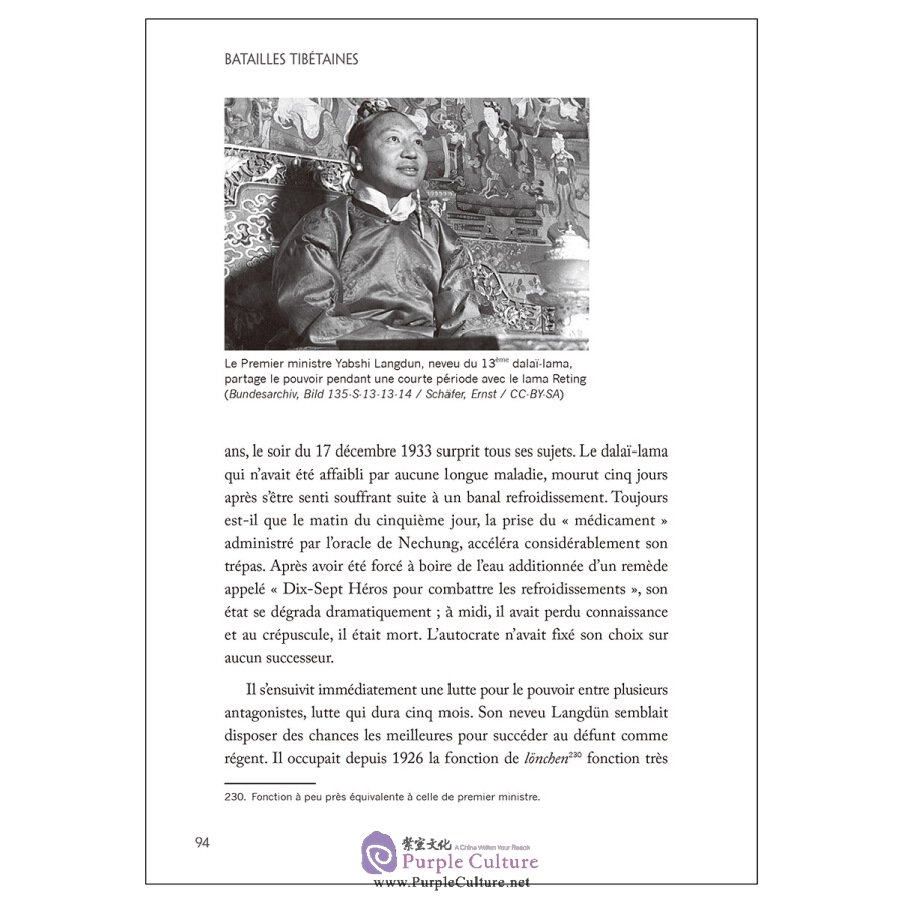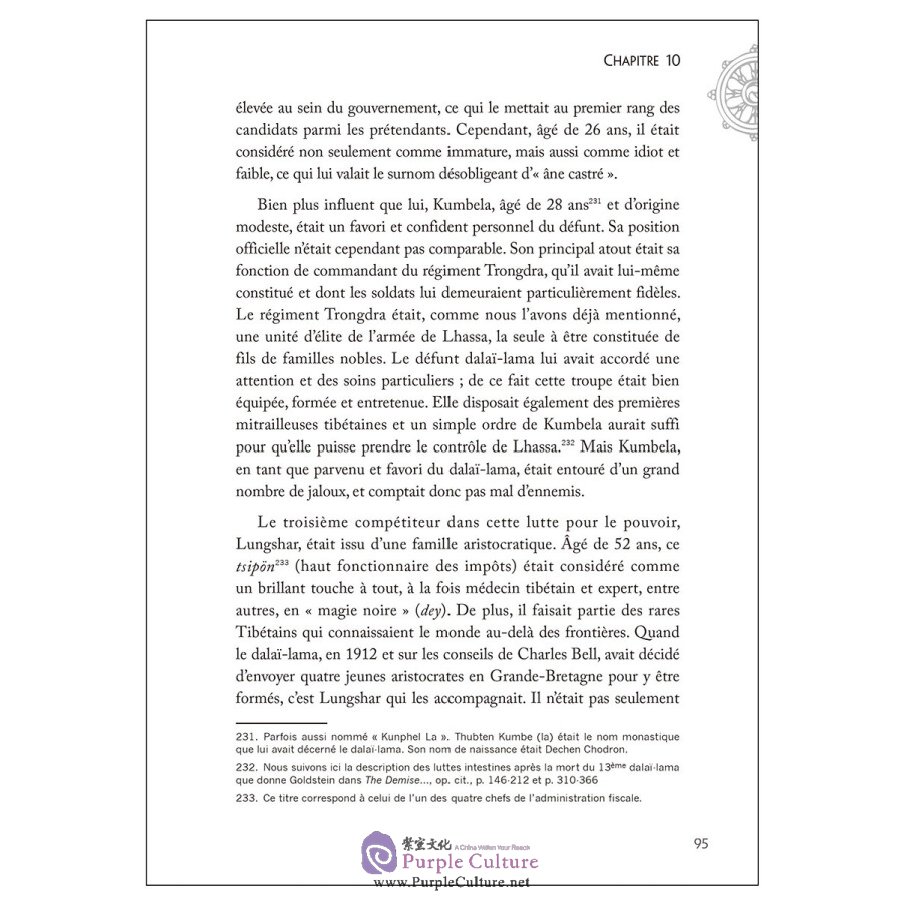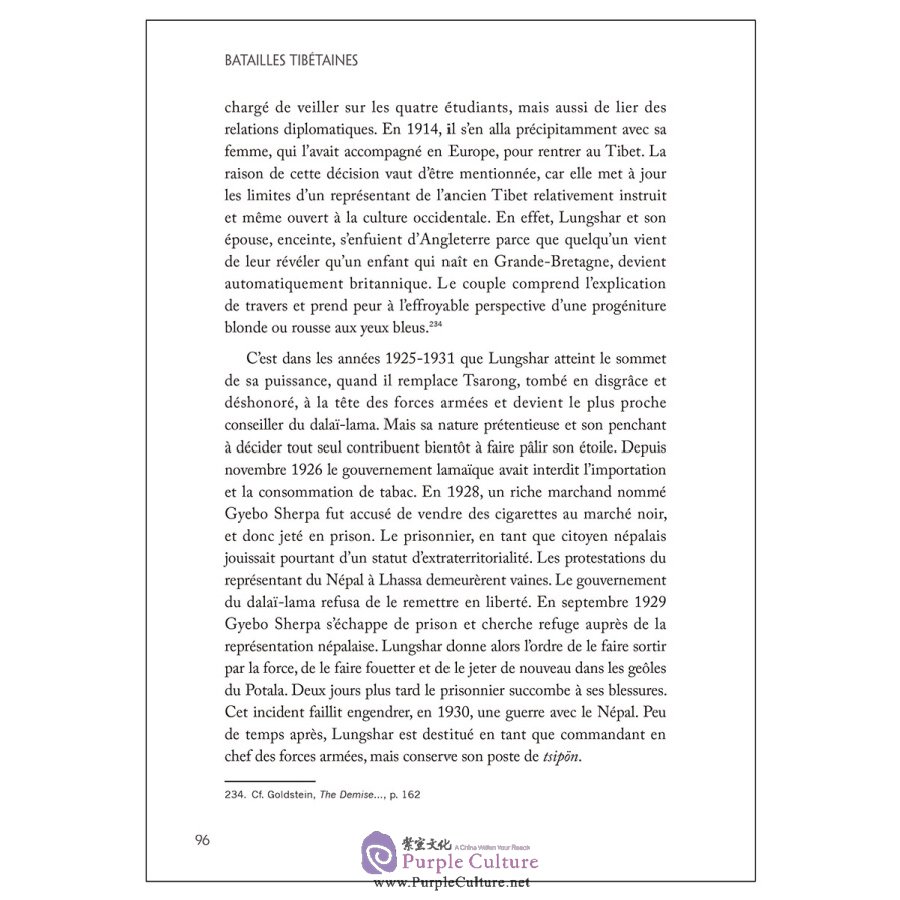Details
This book lights up the historical, political and international law aspects of the Tibet conflict. Based on western scientific literature and on contemporary witnesses, it rebuts the largely dominant narrative that in 1950, the Chinese communists attacked and occupied an independent, peaceful country and, since then, tried to suppress Tibetan culture and even the Tibetan people itself. On the contrary, it shows that “Tibetan independence” was a colonial project of the British Empire – a project later resumed, to some extent, by the USA within the context of the Cold War.The author deals in detail with the first half of the 20th century, starting with the 13th Dalai Lama who rose later, with British support, to become a despot over an “independent Tibet“in which British agents pulled the strings. High officials and lamas loyal to China were killed then or had to flee, hole monasteries were razed to the ground. The Dalai Lama’s will for modernisation, though maintained by numerous western authors, confined itself to the creation of a "modern" army equipped and trained by the Britons. The death of the 13th Dalai Lama in 1933 led to embittered struggles for power, which the author tells in detail. The regent, who eventually came out on top, though being a lama, was corrupt and debauched. In the course of a renewed struggle for power with his equally corrupt successor, even a short civil war took place in Lhasa.
Editor's Recommendation
However, the focus of the book lies on the 1950s and the early 1960s. This was the time of the “17 point agreement for the peaceful liberation of Tibet“, of the first steps toward modernisation and toward the improvement of the situation of the Tibetan serfs. Their unbearable debts were waived, the first modern schools and hospitals were founded, and the first roads were built. However, this period saw also the emergence of reactionary movements and uprisings, which could count very soon on US support. The book points out that the insurgents trained and led by the CIA – mainly Khampas with a long tradition of professional robbery – and later the rioters in Lhasa were not at all resisting “non-violently” or 'peacefully', but waged a cruel 'Holy War'. The Lhasa uprising and the Dalai Lama’s flight in 1959 did not take place in the way people in the West were told by the media.
About Author
Albert Ettinger
was born in 1952 in Differdange, a small industrial town of the Luxembourg steel area, as the first son of a miner. Initially, he studied History, then pursued German and Romance Languages Studies in Trier (Germany), which he completed by a Ph.D. with the rating summa cum laude.
For more than thirty years, he worked as a high school and college teacher in Luxembourg and Trier.
He is married and father of two children.
In recent years, Albert Ettinger wrote two books and many articles about Tibet and the Tibet conflict.


